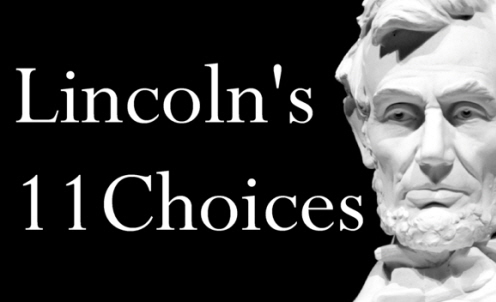Three Practical Ways
The previous article ended with an interview quote* from Southwest Airlines’ co-founder, Herb Kelleher. His comments lead into the three things we’ve found helpful in moving work cultures forward.
Kelleher commented, “We used to have a corporate day. Companies would come in from around the world and they were interested in how we hired, trained, that sort of thing. Then we’d say, ‘Treat your people well and they’ll treat you well,’ and then they’d go home disappointed. It was too simple … Or too hard — because it’s a vast mosaic with thousands of little pieces that you have to keep putting in place every day. It’s not a programmatic thing. It can’t be. It has to come from the heart, not the head. If it’s programmatic, everybody will know that and say, “Hell, they’re not sincere; they don’t really care, they’re just telling us that they care.”*
One – It’s About Behavior
Kelleher refers to organizations being composed of a ‘mosaic with thousands of little pieces you have to keep putting in place every day’. Those little pieces are behaviors – how people interact while working. While virtually none of them show up on a spreadsheet – they define a work culture. We find that introducing a small set of expected behaviors and adding them to the list of things for which people are accountable and assessed is very effective. [pullquote align=”right” cite=”” link=”” color=”” class=”” size=””]The few, new accountable behaviors affect culture like ‘salt’ affects food – the taste is largely the same, but better![/pullquote]
The few, new accountable behaviors affect culture like ‘salt’ affects food – the taste is largely the same, but better (not that I’m not promoting excess salt usage).
Two – It’s About Leaders’ Behavior
Leadership behavior is the bedrock of culture. Senior leaders must move beyond voicing support to being supportive. For example, to promote collaboration between different functional areas they must demonstrate and reinforce collaborative behavior. Kelleher reminds us, however, that forcing a ‘script’ (e.g. say this phrase every time) onto sceptical folk is a recipe for cynicism, not change. Leaders need to believe it themselves. So are we stuck – limited by the leaders we have? Thankfully no.
Social science found only a few percentage of people can listen to a new idea and then immediate integrate it into their daily interactions. Most of us are more set in our ways, and must try behaviors, and once experienced, we realign our thinking to re-establish a sense of internal consistency. Research found many people believe after trying new behaviors. [e.g. Chapter 3-Commitment and Consistency in Robert B. Cialdini’s book Influence.]
Being accountable for a few, new behaviors is often enough to jar leaders out of repetitive behavior patterns and, once performed, they begin to believe, thus avoiding the cynicism which results from ‘scripting’ behavior.
Three – It’s About Behaviors NOT Scripts
Kelleher reminds us that effective behaviors involve not just spoken words but authentic words. It is almost impossible to force people to use someone else’s words and appear sincere. So how can we hold behaviors accountable so they remain sincere? We ask leaders to make each common-sense behavior their own.
For example, we make leaders accountable for asking for their direct reports’ thoughts on a matter before they share their own views and give directives. Socrates dreamed up this effective device over 2,000 years ago. The practice reveals the state of direct reports’ thinking, affirms their value when their suggestions are invited and heard, and increases engagement. We make leaders accountable to ‘ask before sharing’ but let each find their own way to integrate the behavior into their daily leadership.
Summary
We’ve employed these practical techniques in many organizations with surprising and sustained impact.
One leader came to us six months after we ‘salted’ their leadership work culture with a set of behaviors designed to improve business performance, client satisfaction, and inter-departmental collaboration. She said, “Our culture used to be so negative and discouraging, but now it’s positive and encouraging and it’s been like that for the last six months. But I’m worried it’s going to go back to the way it was before?”[pullquote align=”right” cite=”” link=”” color=”” class=”” size=””]I told her that our assistance and presence with them hadn’t changed their culture, but the sets of accountable behaviors we established had.[/pullquote]
I told her “It can’t.” I told her that our assistance and presence with them hadn’t changed their culture, but the sets of accountable behaviors we established had. What changed their work culture was leaders being accountable, so they tried new behaviors, and everyone noticed the encouraging change. So whether we stopped assisting them or not – the work culture would remain positive as long as their leaders remained accountable for similar behaviors.
Engineering a culture is really about continually improving and making leadership behaviors a priority to optimize an organizational performance and employee engagement and to ensure its continued success.





